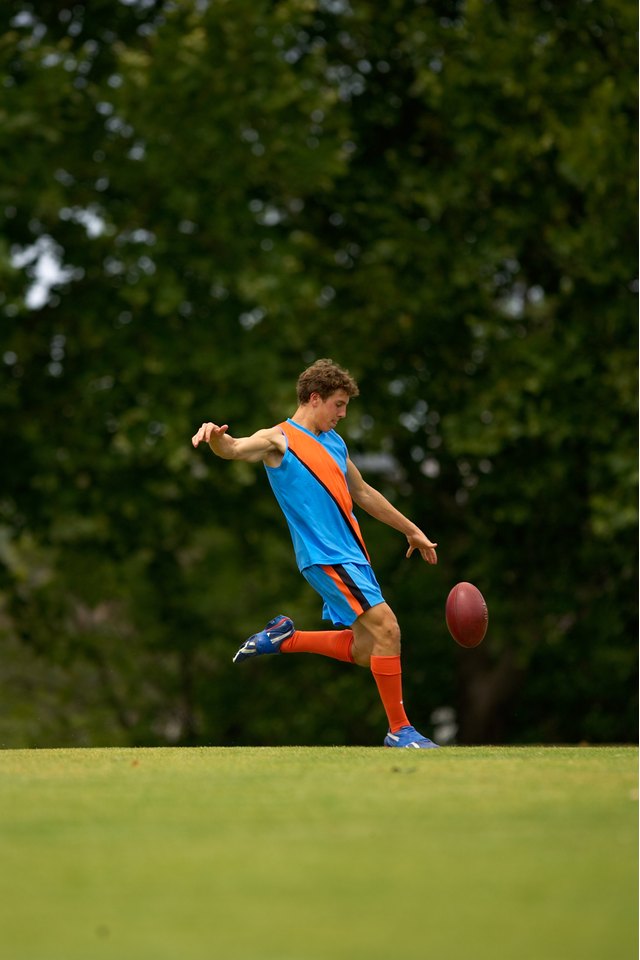4 Steps of Aerobic Respiration

Aerobic respiration is a physiological process that takes place in your body to generate an energy molecule called adenosine-5'-triphosphate, or simply ATP. All of your body's cells rely on ATP for normal functioning. This is especially true as it relates to your musculoskeletal system, which requires a large amount of this molecule to allow for normal movement. There are four main steps during aerobic respiration, each of which contributes to the production of ATP.
Glycolysis
The first step in aerobic respiration is glycolysis, which literally means the breakdown of glucose. This process takes place in the cytoplasm, which is a jelly-like substance in your cells. During glycolysis, molecules of glucose are broken down to yield four molecules of ATP, two three-carbon molecules called pyruvate and two molecules of nicotinamide adenine dinucleotide, or NADH. Although four ATP molecules are created here, the net result is only two molecules of ATP. This is because glycolysis actually uses two ATPs during the first phase of the process to generate glyceraldehyde-3-phosphate.
Acetyl-CoA
The next step in aerobic respiration is the formation of acetyl-coenzyme A. This occurs in the mitochondria, which are small energy organelles within your cells. The pyruvate that was created during glycolysis is converted to a two-carbon acetyl group, which then combines with coenzyme A to produce acetyl-coA.
Krebs Cycle
The third step in aerobic respiration also takes place in your mitochondria. The acetyl-coA that was produced from pyruvate combines during the Krebs cycle to produce oxaloacetate, thus forming citrate. This citrate then undergoes several conversion steps to form the following compounds, in order: isocitrate, alpha ketoglutarate, succinyl-CoA, succinate, fumarate and malate. Along the way, one molecule of guanosine triphosphate (GTP), three molecules of NADH and one molecule of flavin adenine dinucleotide (FADH2), are produced. The GTP is then converted into a molecule of ATP.
Electron Transport Chain
The final step of aerobic respiration is the electron transport chain, or ETC. This last step uses the NADH and FADH2 that were created in previous steps to generate ATP. A lot of ATP, actually -- 34 molecules of ATP to be exact. The ETC accomplishes this large production of ATP by pumping out the hydrogens from the NADH and FADH2 to the inner membrane of your mitochondria, thus creating an electrochemical proton (H+) gradient. Chemical energy is therefore generated, and this energy is used to create energy in the form of ATP via the ATP synthase enzyme.
References
Writer Bio
Richard Choueiri is a fitness and nutrition expert and the author of "The Human Statue Workout." He began writing professionally in 2007 and his work has been featured in Bodybuilding.com and "Physique Magazine." Choueiri studied exercise science and nutritional science at Rutgers University. He holds an American College of Sports Medicine CPT, and a National Exercise and Sports Trainers Association CMMACC.
